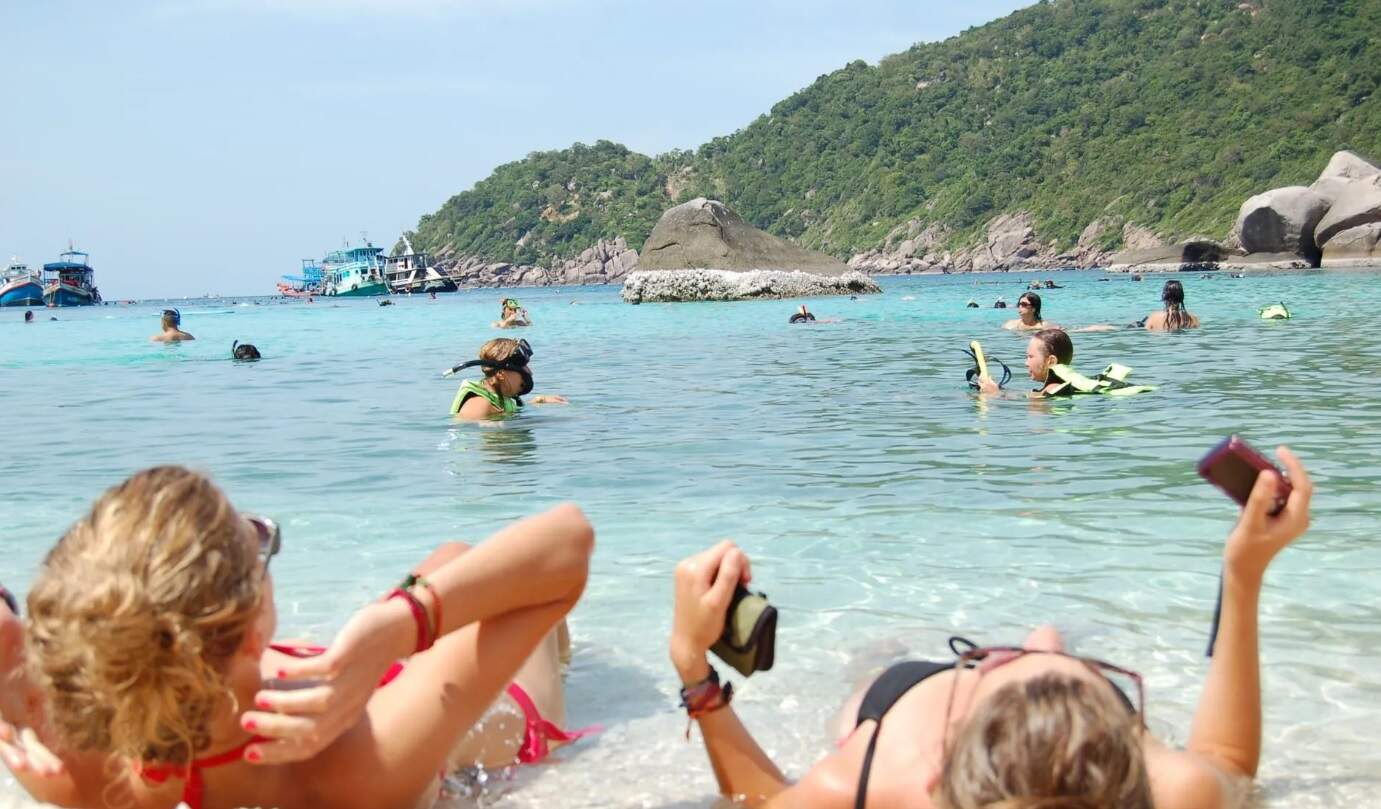Koh Samui is currently going through a tourism boom, emerging as a standout in Thailand’s tourism sector. Amid broader challenges in the country’s overall tourism industry, Koh Samui has outperformed other destinations.
According to a report by C9 Hotelworks, the island experienced a 9% year-over-year increase in arrivals, surpassing pre-pandemic levels. Hotel performance, on the other hand, saw an occupancy increase of 12% despite limited growth in hotel infrastructure, which helped maintain its strong pricing power.
With wellness tourism being a key growth driver, new developments in five-star hotels and villas, along with enhanced tourism infrastructure, have made Koh Samui a highly sought-after destination in the region. While Thailand’s tourism industry grapples with economic challenges, the island has emerged strong with its diversification, flexibility in meeting global demands, and strong investor interest.
Koh Samui: An Island Emerging as Thailand’s Standout Destination
Ultra-luxury villas in Koh Samui are currently the accommodation of choice for high-end travelers heading to visit the island, with the market’s trajectory driven by improved island infrastructure. The proposal for a bridge linking the island to the mainland, along with a new cruise terminal, positions the island as a coveted destination for accommodating the growing cruise industry. Notable data shows that cruise ship arrivals rose 6% from January to April 2025, with 66,000 passengers in 35 vessels.
Simultaneously, air connectivity remains strong, with passenger arrivals at Koh Samui International Airport exceeding 1.12 million, representing a 9% increase compared to the same period in 2023, resulting in year-round visitation. This rise in both air and sea access bolsters the island’s appeal to affluent holidaymakers with villa stays in mind.
Looking ahead, luxury villa-style accommodations are poised to experience increased demand. Upcoming developments, such as Nivata Koh Samui, a Tapestry Collection by Hilton, are slated to open in Q4 2025, while Fivelements Samui is expected to debut in 2026. These projects are seen as complementary to existing wellness and luxury accommodation options, effectively supporting the long-stay and premium tourism segments.
Industry leaders emphasize the growing appeal of wellness-focused actions. Bill Barnett, Managing Director of C9 Hotels, reveals that wellness retreats attract “year-round visitation and longer average stays” and that the villa market particularly benefits from this sustained, high-value demand.
Related article: Phuket’s Mr. Hospitality Bill Barnett Talks About Thailand’s Luxury Market
Beyond Koh Samui’s overall infrastructure, villa properties benefit from the island’s dense accommodation supply. With only a 1% compound annual growth in new developments, the limited supply has contributed to the premium pricing of villas. In 2024, Average Daily Rates increased by 9%, with hotel occupancy rising 12%, underscoring a favorable market for larger, upscale villa offerings.
With Koh Samui intensifying its focus on luxury developments, including oceanfront villas, wellness resorts, and elite properties, it appears confident in reinforcing its luxury tourism profile.
However, the success of these initiatives is contingent on the timely delivery of infrastructure developments, particularly the sea bridge and new cruise terminal projects. With growing air and cruise arrivals and a surge in luxury offerings, Koh Samui’s villa market is positioning itself as a keystone in the island’s upward momentum for premium, long-stay tourism.
–
Featured Image: Pelago







